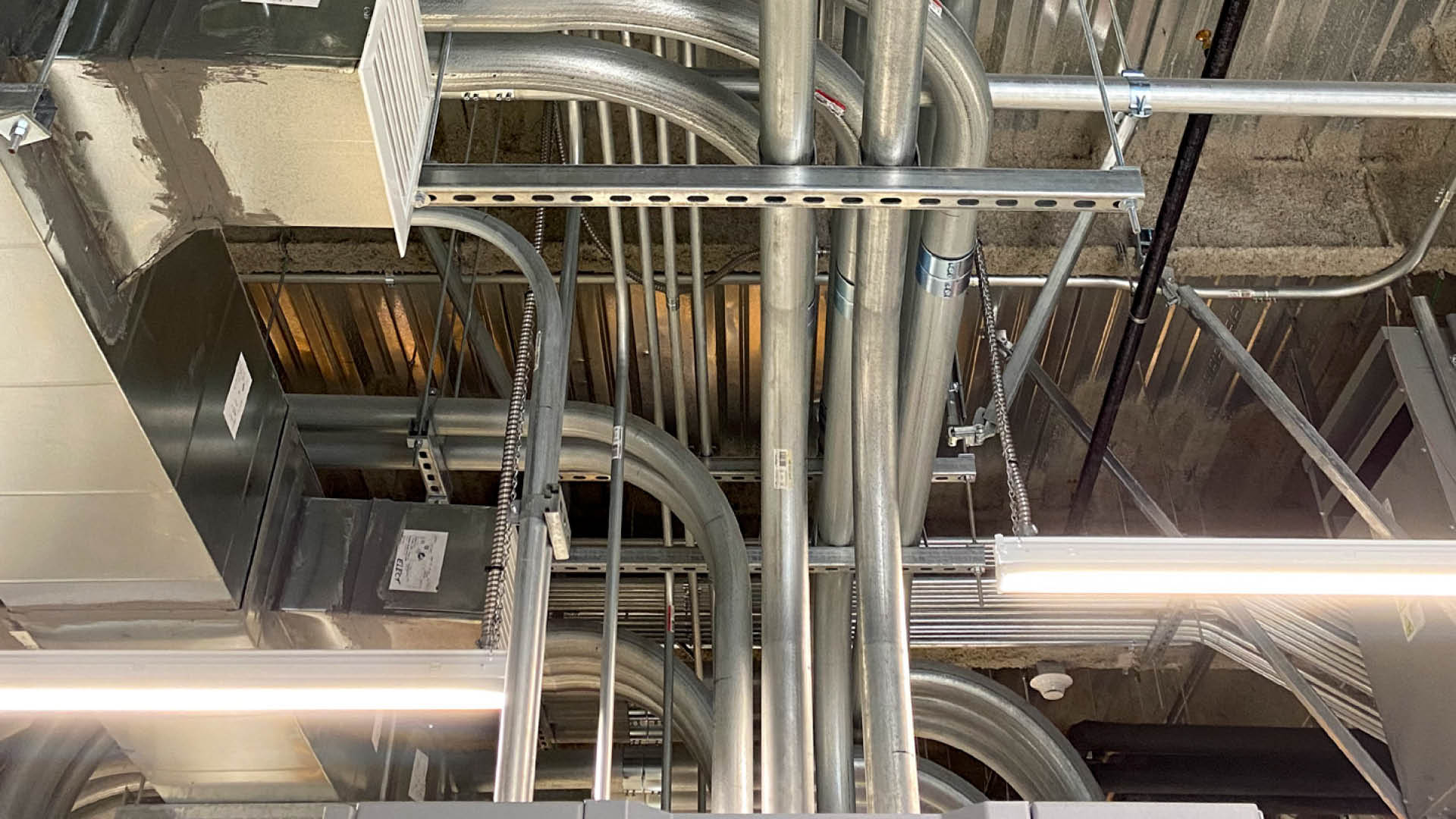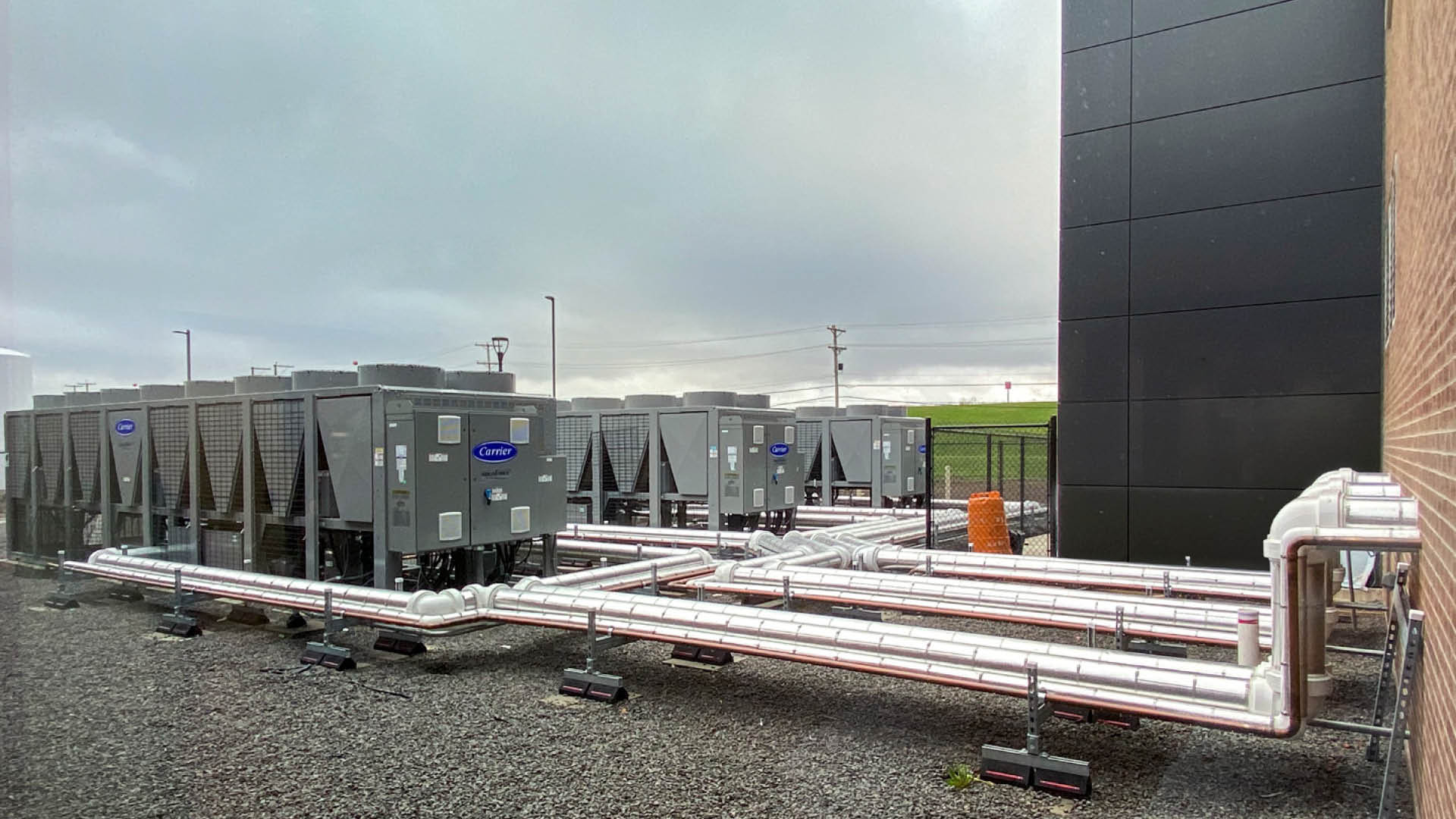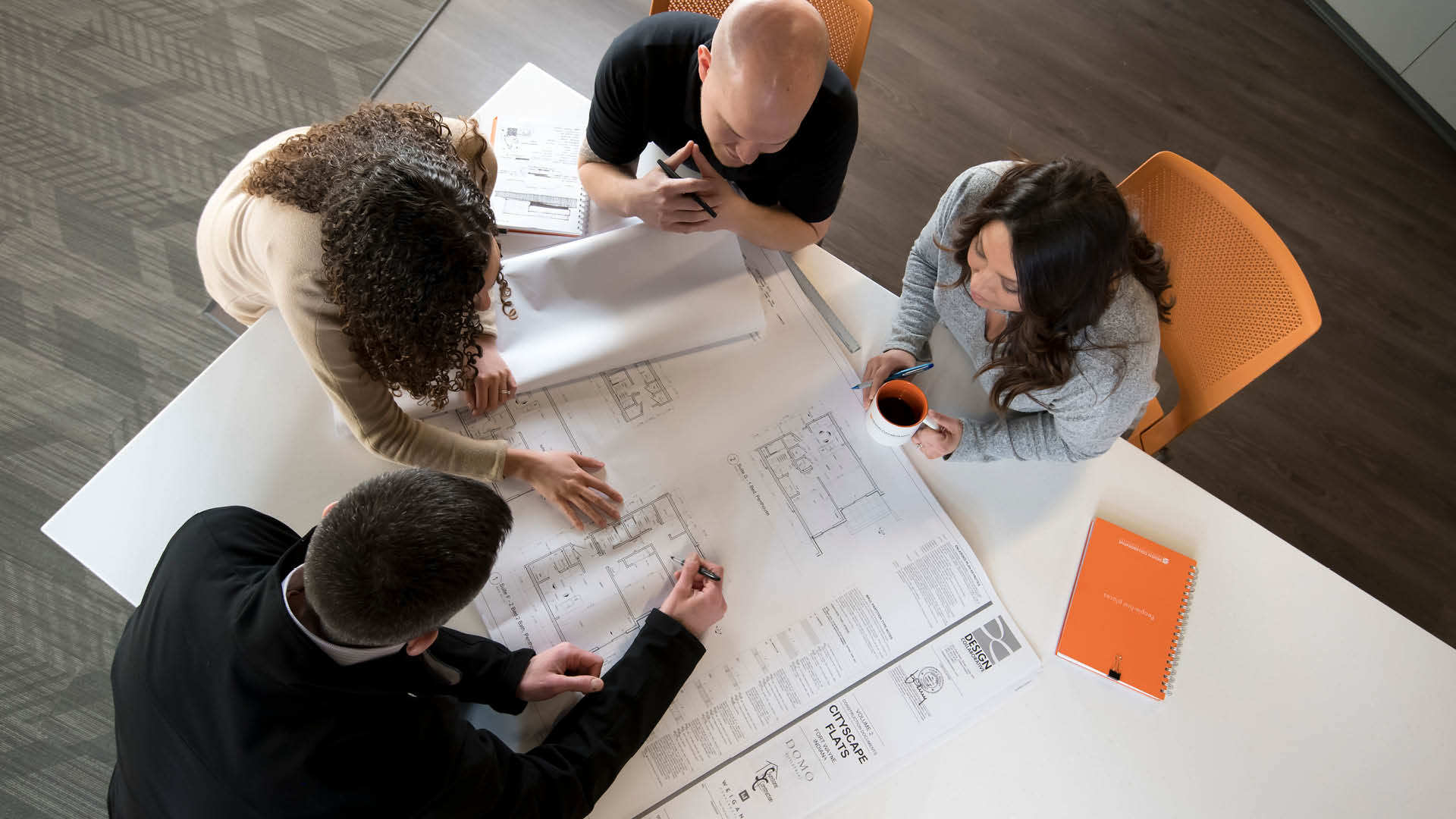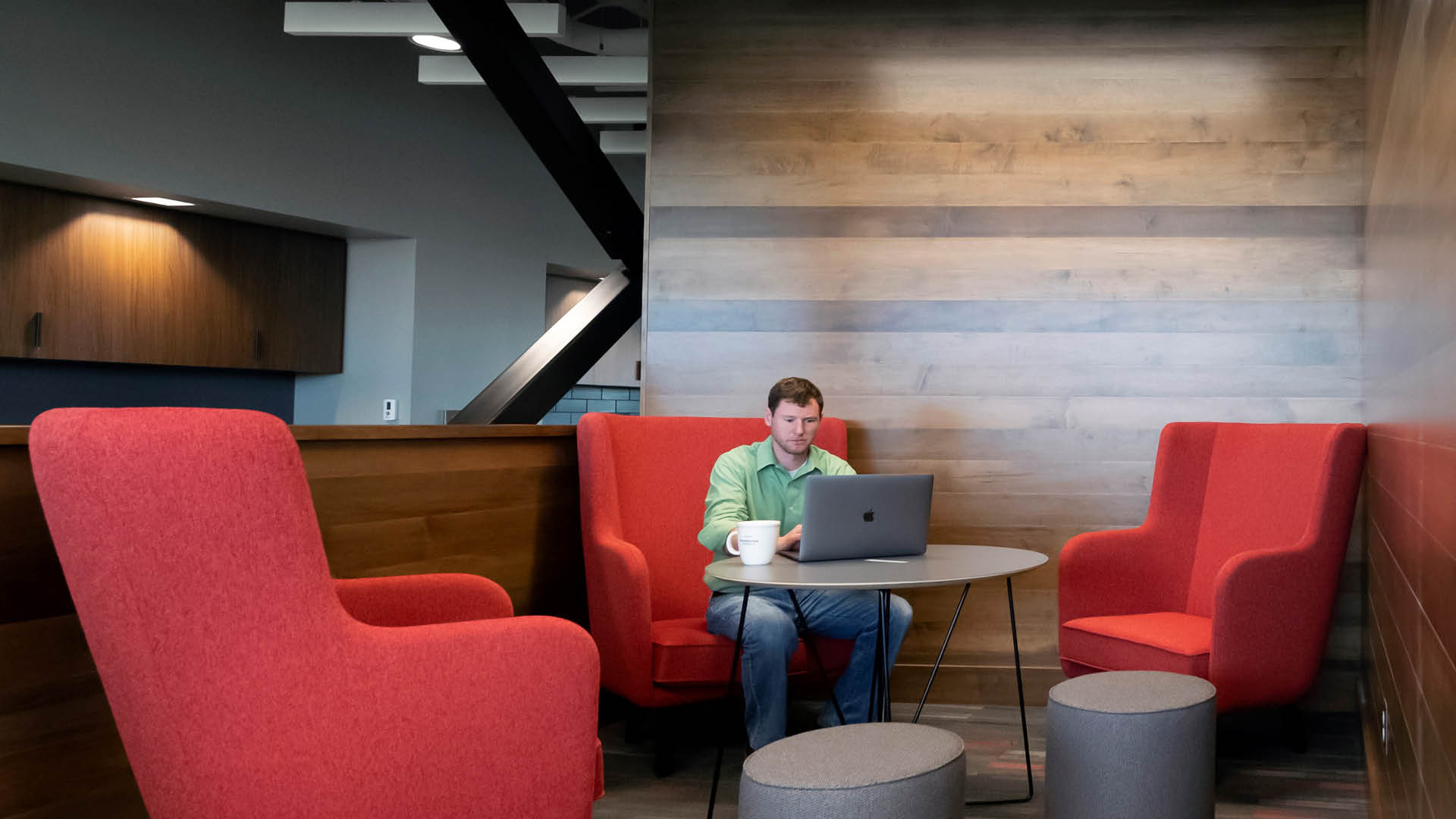Escalation: Predicting Project Costs in a Volatile Market
By Thad Berkes
January 10, 2023Post Tagged in
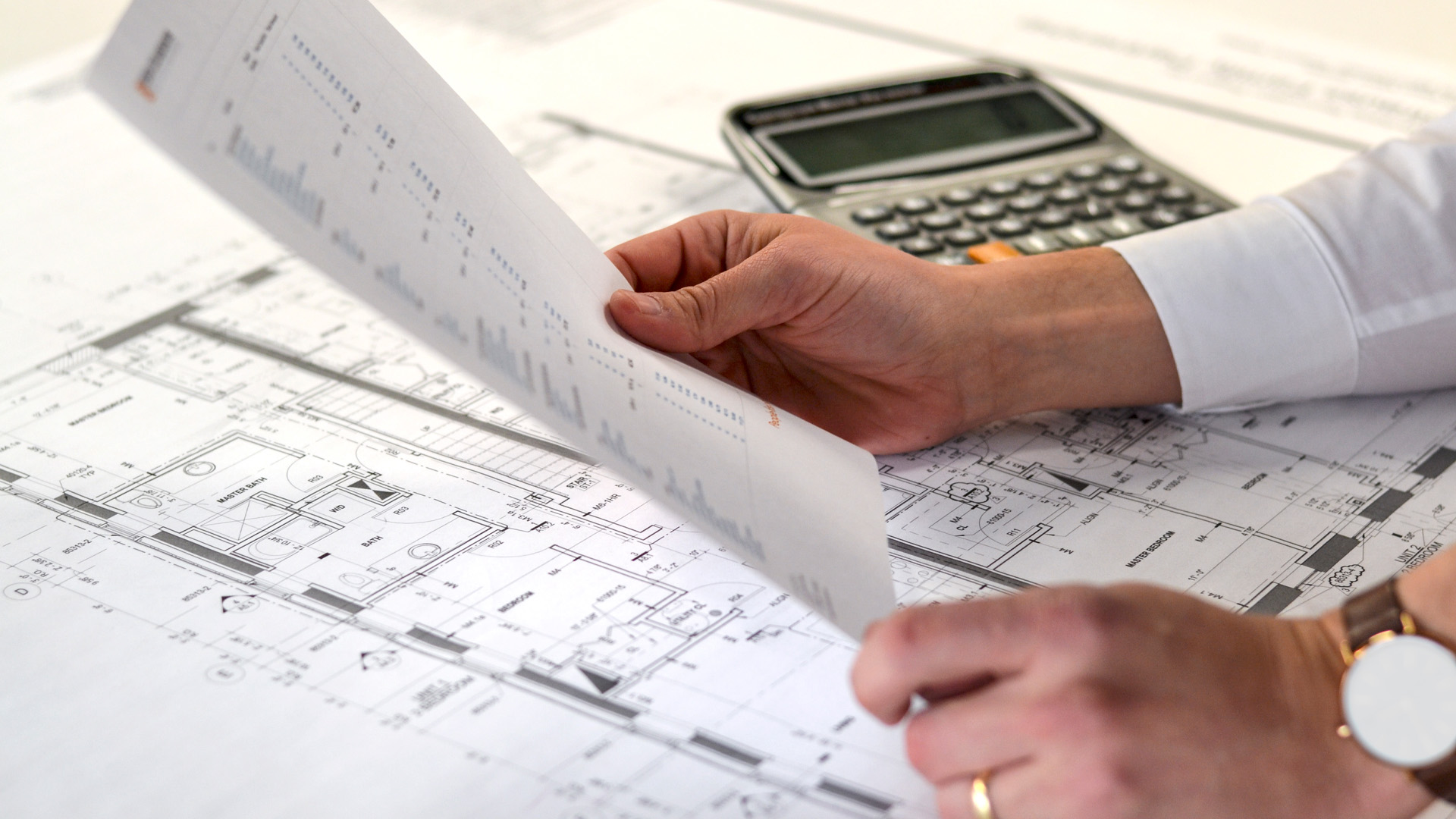 |
One of the major hurdles that we attempt to forecast for our commercial construction projects is escalation.There are many factors that affect escalation in the construction world which include inflation, supply chain, and labor shortages. Predicting costs eliminates potential cost escalation and avoids stress throughout projects.
|


